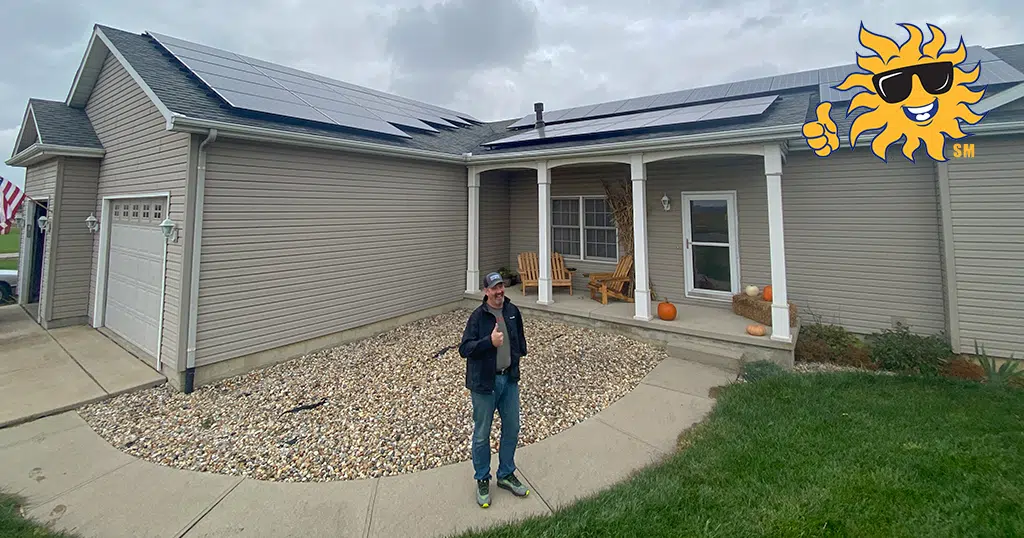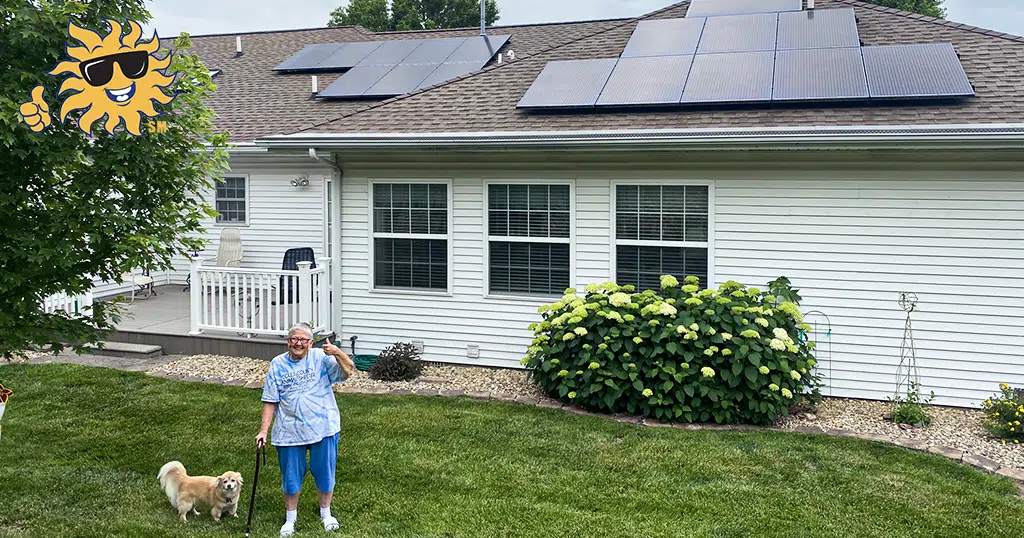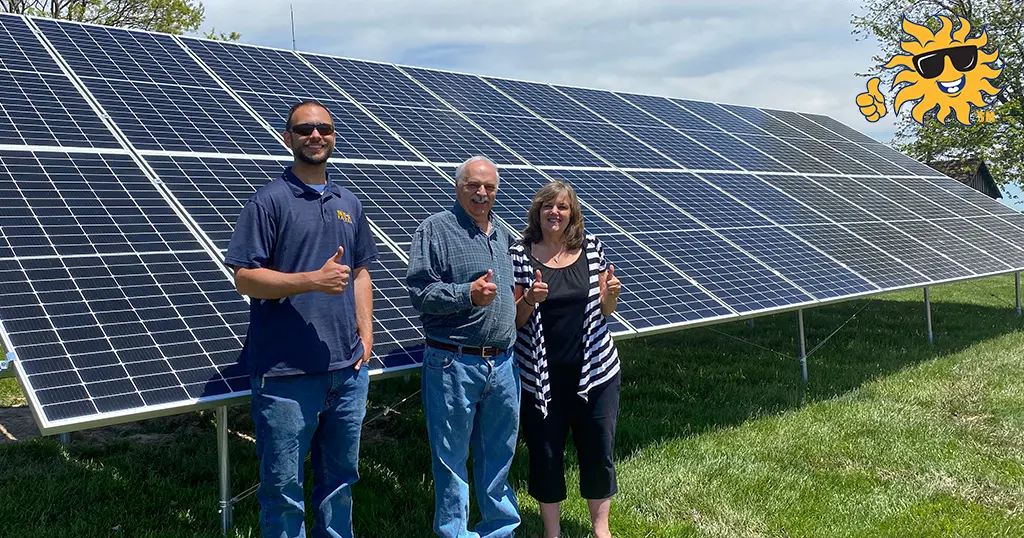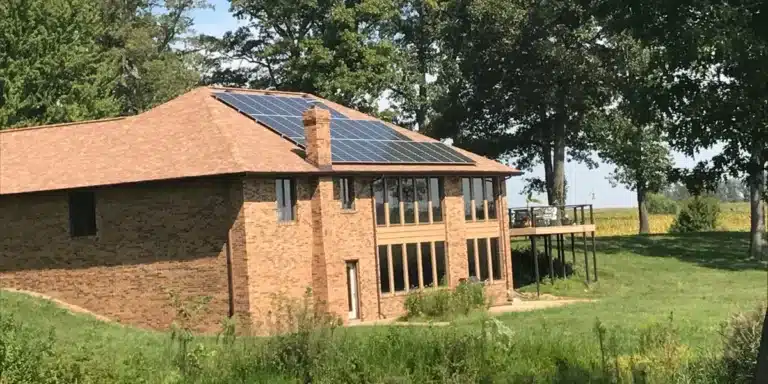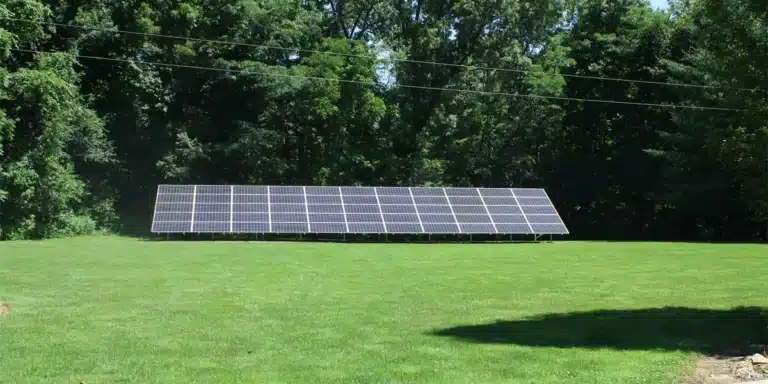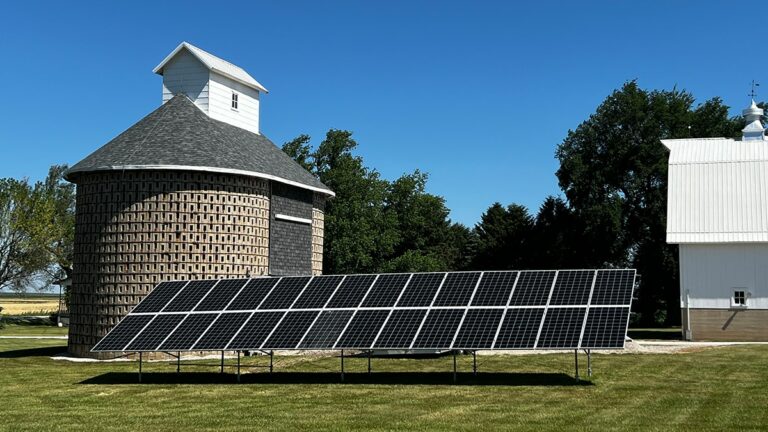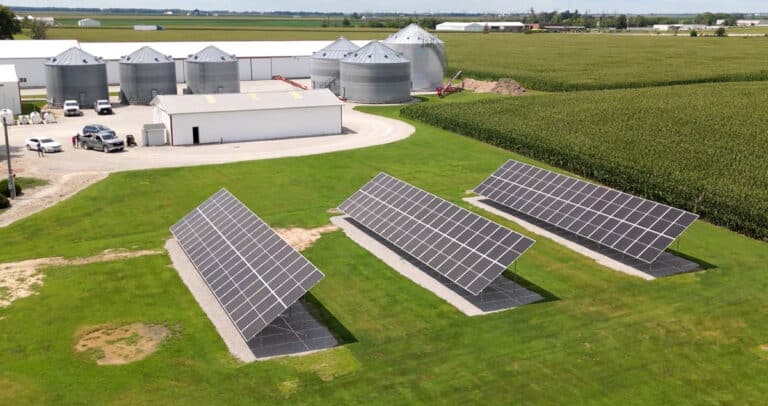Solar Net Metering and Interconnection
Solar net metering and solar interconnection work hand-in-hand to maximize the financial and practical benefits of solar power, both for the homeowner and the utility company. Tick Tock Energy handles this whole process, from completing the net metering application to connecting your system to the grid.
Understanding Your Incentives and Requirements
Net metering helps homeowners offset energy costs by earning credits for excess solar production, while interconnection ensures that solar systems can safely interact with the grid to facilitate this energy exchange. There are many variations in net metering policies, making it essential to trust experts like Tick Tock Energy to make the process easy and stress-free.
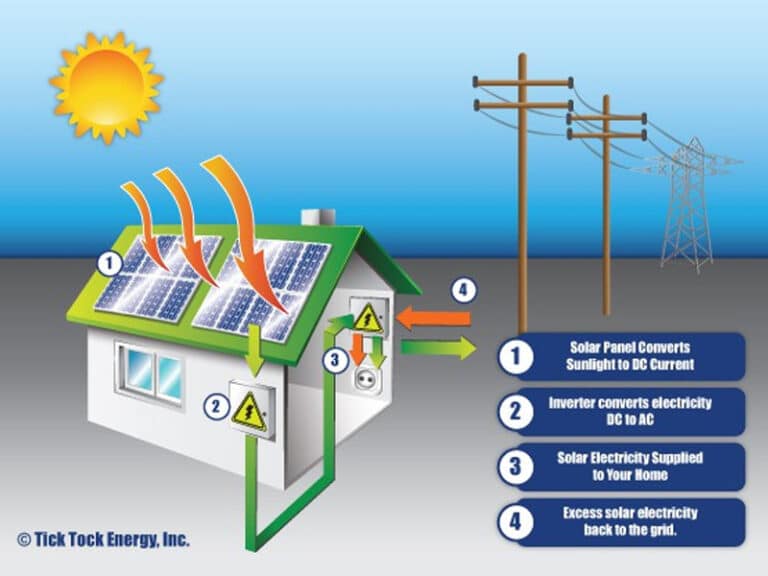
What is Solar Interconnection?
Solar power systems are “grid-tied,” your system is connected to the utility grid to both draw power from and send energy back to. When your solar system is installed, Tick Tock Energy “interconnects” the system on your side of the meter. There are specific interconnection guidelines that you must follow when installing a solar power system. These guidelines are provided by your local electric utility company, outlining the technical, safety, and energy-handling requirements.
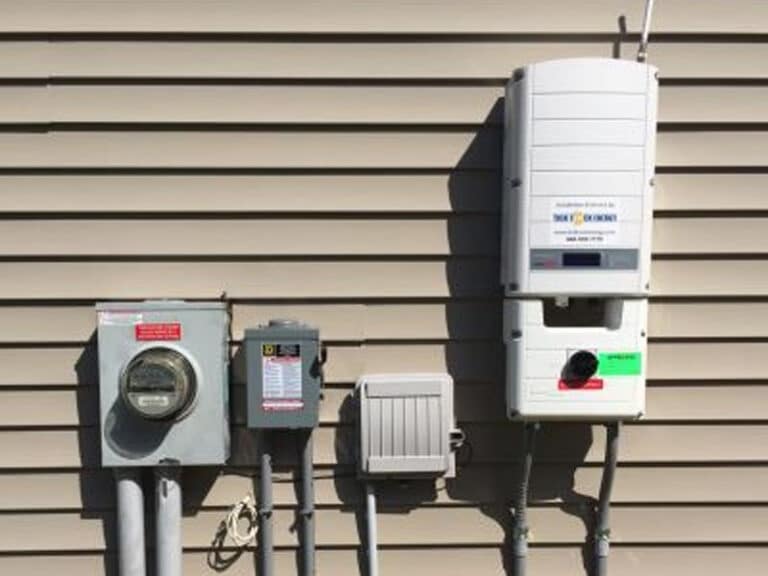
What is Solar Net Metering?
Solar net metering is a billing and incentive mechanism that allows homeowners to send excess electricity they generate back to the grid. When your solar panels produce more electricity than your home needs during the day, that extra energy is fed into the utility grid. The net meter measures power “delivered” (DEL) to your house and power “received” (REC) by the utility company. At the end of the month, excess kWh credits are used to offset power delivered to your house, and the “net” power delivered forms the basis for calculating your electric bill for that month.
At the end of the month, if you generated more power than you consumed, excess kWh credits carryover to the next month, continuing month after month. Depending on your utility provider, excess credits expire at the end of each quarter, bi-annually, or annually. Some utility providers may pay for any end of term excess, but many have a “use-it or lose-it” policy.
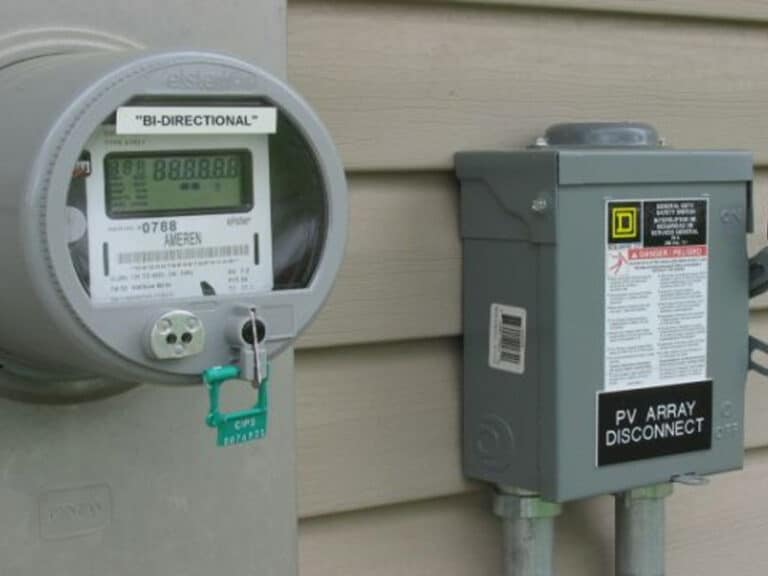
Variations to Consider in Solar Net Metering
Utility providers often have a size limit for net metering. In the Midwest, many rural electric cooperatives have a limit (for example, 20 kW AC), where solar or wind systems below the defined limit are eligible for net metering. For systems larger than the defined limit, any excess power produced at the end of the month is typically paid at the utility avoided cost of power. This is often the wholesale rate of electricity and excludes their cost of transmission and distribution (T&D) and overhead charges, typically one third of the full retail cost.
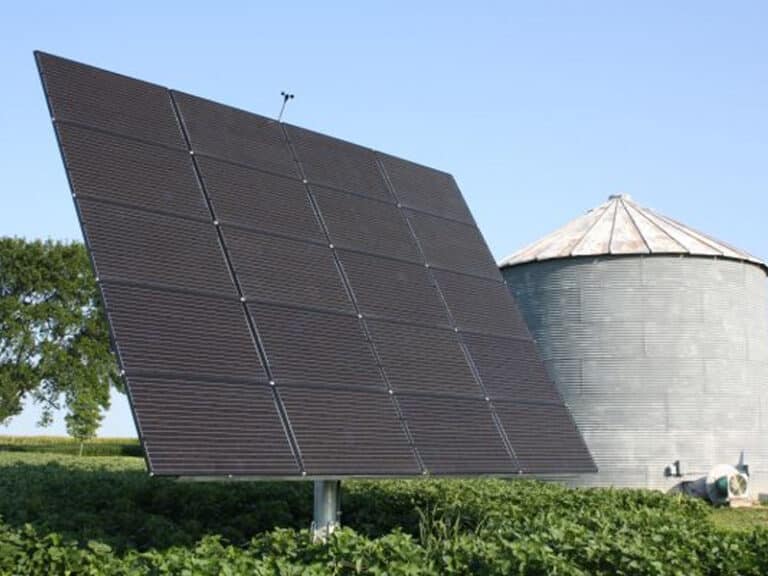
Solar Sizing Strategies for Net Metering
Solar net metering policies often define a project size, especially for homeowners who are eligible for the incentive. For example, net metering may only be available for systems 10 kW and below. It’s important to note that many utility companies recognize that as 10kW AC and not DC. This limit means that any solar energy systems above 10 kW AC are not eligible for net metering.
If you want to take advantage of net metering, you will likely need to strategically plan your solar power installation to ensure you are under the specified limit. Tick Tock Energy can help you understand your utility company’s policy and optimize your investment, ensuring you make the most of your solar power system.
How Tick Tock Helps You Get Connected
There are many variations in solar net metering policies and interconnection requirements. Tick Tock Energy helps you get connected in three easy steps.
1) Review & Design
We start by reviewing your utility company’s solar power policies, including any net metering limits or property specifications. Based on this information, along with your specific needs, our experts design a solar power system that is eligible for your net metering program.
2) Apply & Install
With a comprehensive design and installation plan in hand, Tick Tock Energy will schedule any required inspections and fill out any necessary paperwork to receive approval from your utility provider. We will then install your solar panels, inverters, and net meter.
3) Connection & Activation
Once the installation is complete, our team connects your solar power system to the grid, ensuring you can receive and deliver power to your utility provider. After connecting your system, we test the system to ensure it is operating correctly and safely.
Ready to Start?
Request a free quote today
Tick Tock Energy is ready to help you invest in a clean solar energy system on your property, capture lucrative solar incentives, reduce long-term electricity costs, and and enhance the value of your property. To discuss your power needs with one of our solar consultants, request an initial consultation and quote today.
Tick Tock has helped countless homeowners across the Midwest enhance the value of their property and reduce their utility costs with solar power systems. Explore our recent installations below.
Tick Tock Customers Are
Thumbs up for solar
